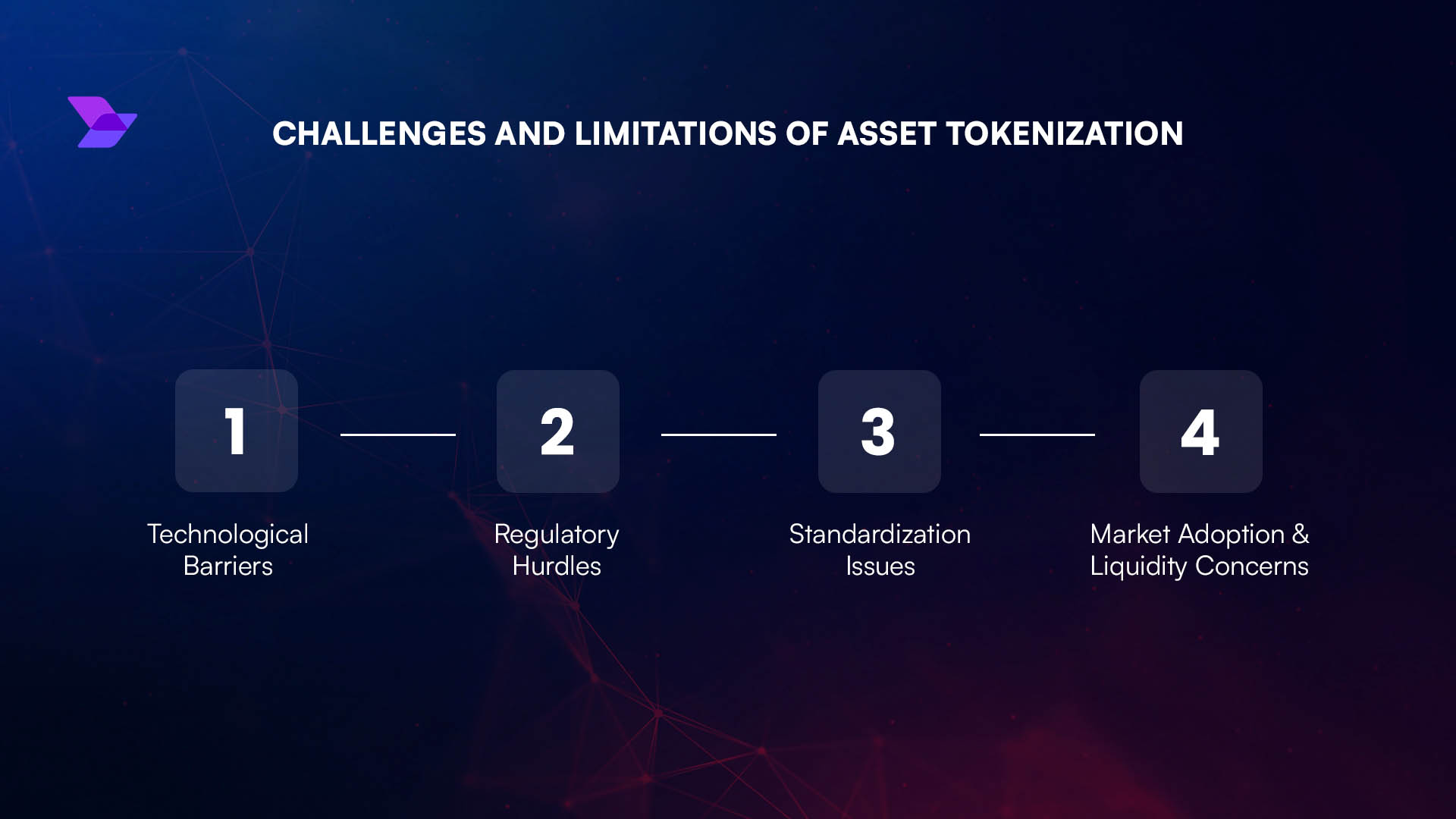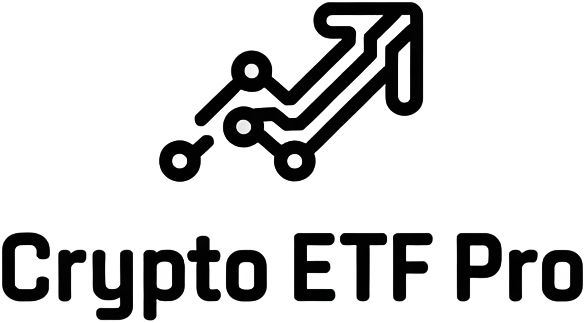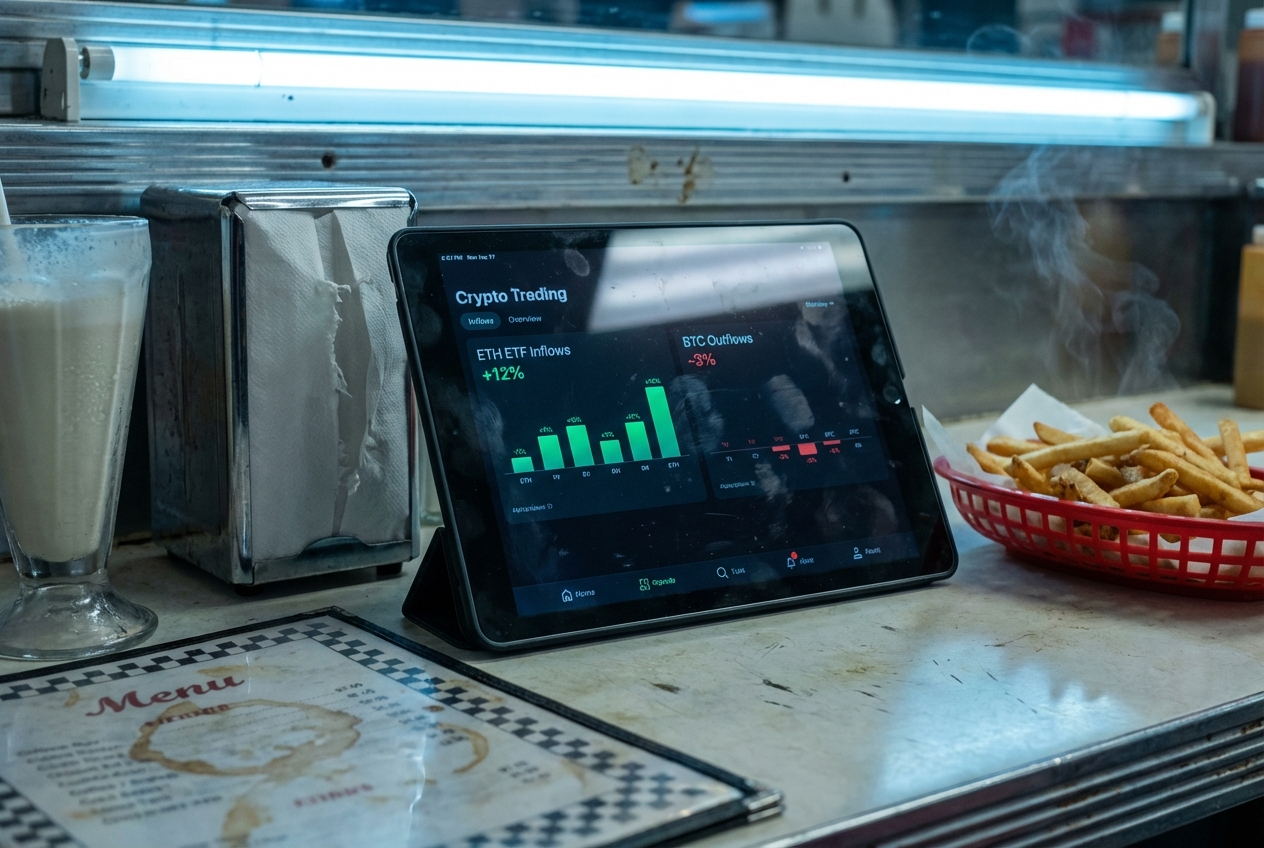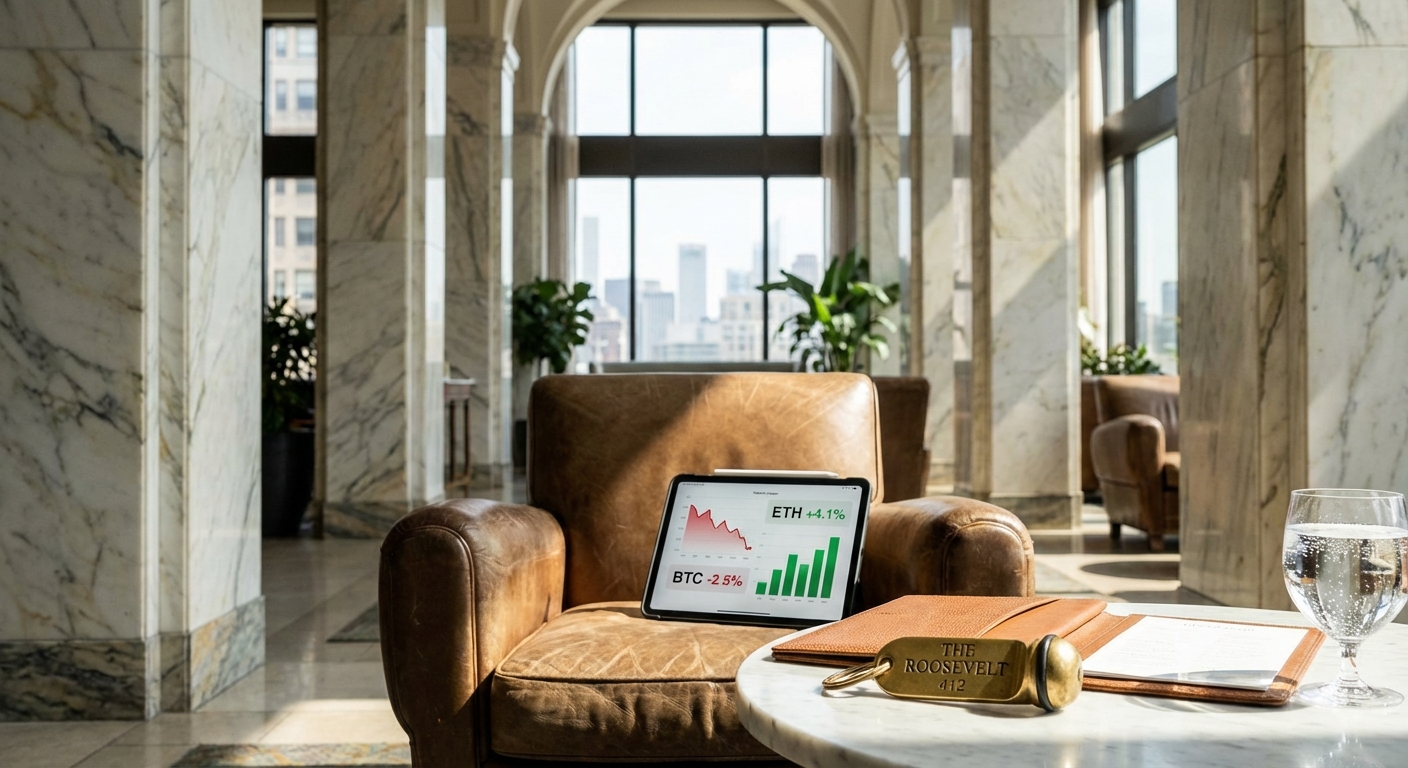
The tokenization of U. S. stocks and ETFs on Ethereum is rapidly transforming the landscape of on-chain investing. As of October 27,2025, platforms like Ondo Finance, eToro, and Robinhood are leading a wave of innovation that brings traditional financial assets into the digital asset ecosystem. For investors, this means unprecedented access to the world’s largest equity markets, directly from a crypto wallet and with the flexibility of blockchain technology.
Tokenized U. S. Stocks and ETFs: The New On-Chain Frontier
Tokenization involves creating blockchain-based representations of real-world assets. In the case of U. S. stocks and ETFs, these digital tokens mirror the value and price movements of underlying securities such as the SPDR S and P 500 ETF Trust (SPY), Apple Inc. (AAPL), Tesla Inc. (TSLA), Amazon. com Inc. (AMZN), and Microsoft Corporation (MSFT). As of this writing, SPY trades at $685.24, AAPL at $268.81, TSLA at $452.42, AMZN at $226.97, and MSFT at $531.52: each tokenized and available for global investors outside the U. S. to access 24/7.
Ondo Finance’s September 2025 launch of Ondo Global Markets marked a pivotal moment. The platform now offers over 100 tokenized U. S. stocks and ETFs to non-U. S. investors via Ethereum, with ambitions to expand further by year-end. eToro and Robinhood have followed suit, rolling out similar offerings on Ethereum and Arbitrum, respectively. These moves are not just technological upgrades, they signal a fundamental shift in market structure, where traditional barriers like trading hours, high minimums, and jurisdictional restrictions are being dismantled.
How Tokenization Is Reshaping Accessibility and Liquidity
Traditional equity markets are notorious for their limited access windows and geographic constraints. Tokenized stocks on Ethereum open the door to 24/7 trading, allowing investors from around the globe to participate without waiting for Wall Street’s opening bell. By using ERC-20 tokens as proxies for real equities, platforms can offer fractional ownership, making it possible to buy $10 worth of SPY or TSLA, rather than a whole share at hundreds of dollars.
This increased accessibility is matched by a surge in liquidity. Tokenized assets can be traded on decentralized exchanges (DEXs) or integrated into DeFi protocols for lending, borrowing, or yield generation. The result is a dynamic secondary market that operates continuously, with lower fees and faster settlement compared to legacy brokerages. For a deeper dive on how tokenization enables around-the-clock trading and fractional ownership, see this guide.
Key Platforms and Their Strategic Moves
Ondo Finance has positioned itself as a gateway to U. S. equity markets for global investors, leveraging Ethereum’s robust ecosystem. Its partnership with Alpaca further bridges traditional finance and DeFi, while its roadmap includes support for BNB Chain and Solana, hinting at a multi-chain future for tokenized equities.
eToro’s July 2025 announcement to tokenize the top 100 U. S. stocks as ERC-20 tokens is equally significant. By enabling 24/5 trading and self-custody transfers, eToro is democratizing access to U. S. markets and empowering users to utilize their tokenized assets as collateral or within DeFi protocols.
Robinhood’s expansion into tokenized equities on Arbitrum further intensifies competition. With nearly 500 tokenized stocks and ETFs now available to European users, Robinhood offers 24-hour access and minimal fees, directly challenging traditional brokers and even established crypto exchanges.
SPDR S&P 500 ETF Trust (SPY) Price Prediction 2026-2031
Comprehensive outlook considering the impact of tokenized assets, macroeconomic trends, and ongoing technological innovation in on-chain investing.
| Year | Minimum Price (Bearish) | Average Price (Base Case) | Maximum Price (Bullish) | Year-on-Year % Change (Avg) | Key Market Scenario |
|---|---|---|---|---|---|
| 2026 | $630.00 | $705.00 | $780.00 | +2.9% | Post-tokenization volatility, stable US GDP growth |
| 2027 | $675.00 | $740.00 | $820.00 | +5.0% | Continued DeFi adoption, moderate inflation |
| 2028 | $710.00 | $780.00 | $870.00 | +5.4% | AI-driven productivity, strong corporate earnings |
| 2029 | $750.00 | $830.00 | $930.00 | +6.4% | Global expansion of tokenized assets, robust tech sector |
| 2030 | $800.00 | $885.00 | $1,000.00 | +6.6% | Peak blockchain integration, stable interest rates |
| 2031 | $860.00 | $950.00 | $1,080.00 | +7.3% | Mature on-chain markets, sustained economic growth |
Price Prediction Summary
SPY is projected to see steady price appreciation from 2026 to 2031, driven by increased global accessibility through tokenization, ongoing U.S. economic resilience, and strong technology sector performance. While volatility may persist due to macroeconomic shifts and regulatory developments, the integration of traditional assets with blockchain infrastructure is expected to enhance liquidity and long-term growth potential. The base case forecasts an average annual return of 5-7% over the period, with bullish scenarios reflecting accelerated adoption of on-chain financial products and robust corporate earnings.
Key Factors Affecting SPDR S&P 500 ETF Trust Stock Price
- Global adoption of tokenized assets and DeFi integration
- U.S. economic growth and corporate earnings trends
- Interest rate environment and inflation expectations
- Regulatory clarity and cross-border investment flows
- Technological innovation in blockchain and AI
- Market sentiment and risk appetite of global investors
Disclaimer: Stock price predictions are speculative and based on current market analysis.
Actual prices may vary significantly due to market volatility, economic conditions, and other factors.
Always do your own research before making investment decisions.
It’s important to note that while these tokens track the price of underlying securities, they do not represent direct ownership or confer shareholder rights. Instead, they function as blockchain-based derivatives, an important distinction for regulatory clarity and investor expectations. For more on the risks and opportunities of on-chain equities, explore this resource.
As tokenized U. S. stocks and ETFs proliferate across Ethereum and other blockchains, the impact on both retail and institutional investors is becoming more pronounced. With real-time, global access to assets like SPY at $685.24, AAPL at $268.81, TSLA at $452.42, AMZN at $226.97, and MSFT at $531.52, traditional market hours and regional limitations are quickly fading into the background.
Risks, Regulatory Nuances, and Investor Considerations
Despite the promise of on-chain ETFs and tokenized stocks on Ethereum, investors must navigate a complex landscape. Regulatory clarity remains elusive in many jurisdictions. For instance, while Ondo’s tokens mirror U. S. equities’ price action, holders do not receive dividends or voting rights, these are synthetic exposures, not legal claims on underlying assets. This distinction carries implications for taxation, investor protection, and recourse in the event of platform failure.
Liquidity may also vary across platforms and tokens. While 24/7 trading is theoretically possible, actual trading volumes and spreads can fluctuate, especially for less popular equities. Additionally, counterparty risk persists: platforms like Ondo, eToro, and Robinhood rely on trusted custodians and off-chain infrastructure to back their tokens. Investors should scrutinize custodial arrangements, legal disclosures, and smart contract audits before allocating significant capital.
Integration with DeFi: Unlocking New Possibilities
Perhaps the most transformative aspect of Ethereum tokenized assets is their composability within decentralized finance. By wrapping traditional equities as ERC-20 tokens, users can deploy them as collateral for loans, participate in liquidity pools, or even farm yield, all without leaving the blockchain. This convergence of TradFi and DeFi is spawning a new breed of financial products that blend the stability of blue-chip stocks with the flexibility of crypto-native protocols.
For example, an investor might use tokenized MSFT at $531.52 as collateral to borrow stablecoins or earn yield in a DeFi pool, a strategy previously impossible with legacy brokerage accounts. As platforms expand to support hundreds more U. S. equities by year-end, these integrations will only deepen and diversify.

What’s Next for Tokenized Equities?
The momentum behind crypto ETF innovation is undeniable. Ondo Finance’s plans to extend support to BNB Chain and Solana signal a multi-chain future where interoperability will be key. Meanwhile, competition among providers is driving rapid product development, expect more granular asset offerings, improved user interfaces, and new forms of synthetic exposure in the coming quarters.
Yet challenges remain: regulatory harmonization across borders is still nascent; questions about on-chain dividends and true fractional equity ownership in crypto persist; and mainstream adoption will depend on education as much as technology. For those seeking to track or trade these assets effectively, resources like this step-by-step guide can help demystify the process.
The next phase will likely see greater institutional involvement as compliance frameworks mature and liquidity deepens across chains. If current trends continue, and if platforms can maintain robust transparency, tokenized stocks on Ethereum could ultimately become a primary gateway to global capital markets for millions worldwide.









